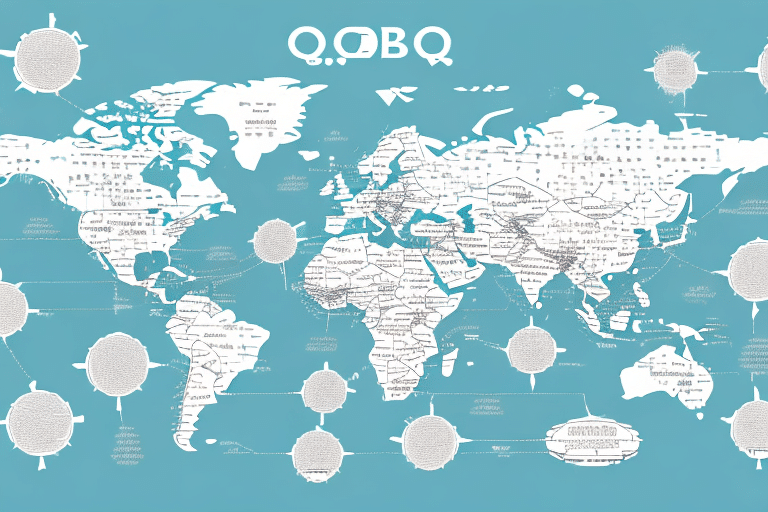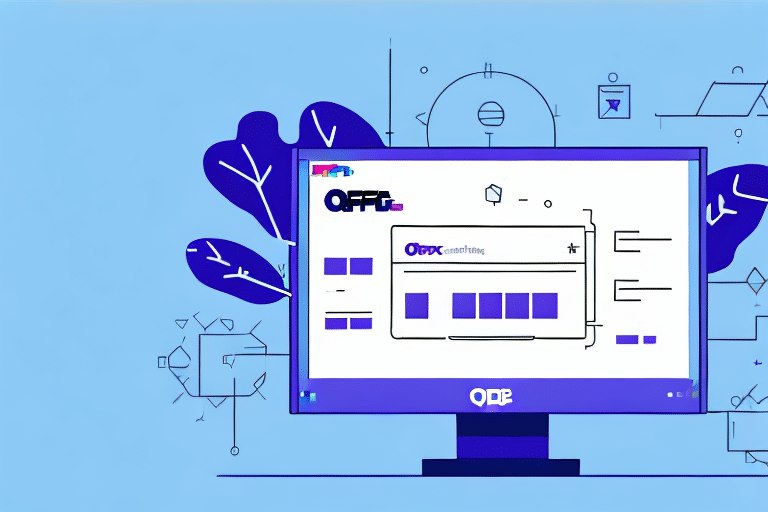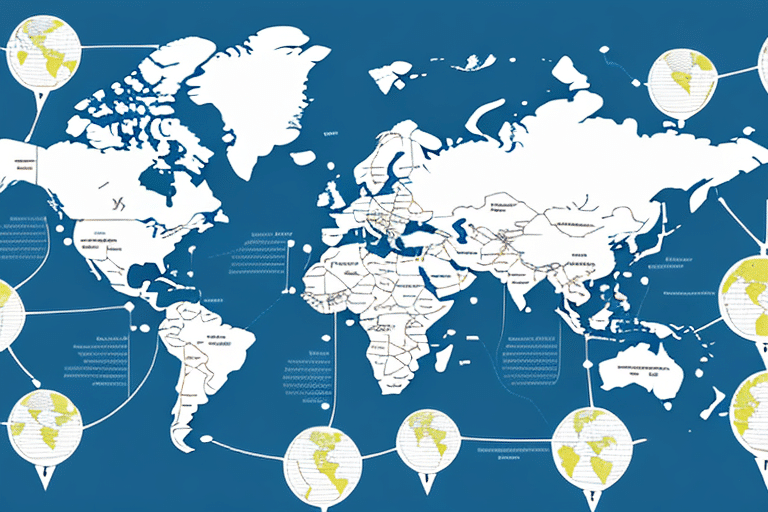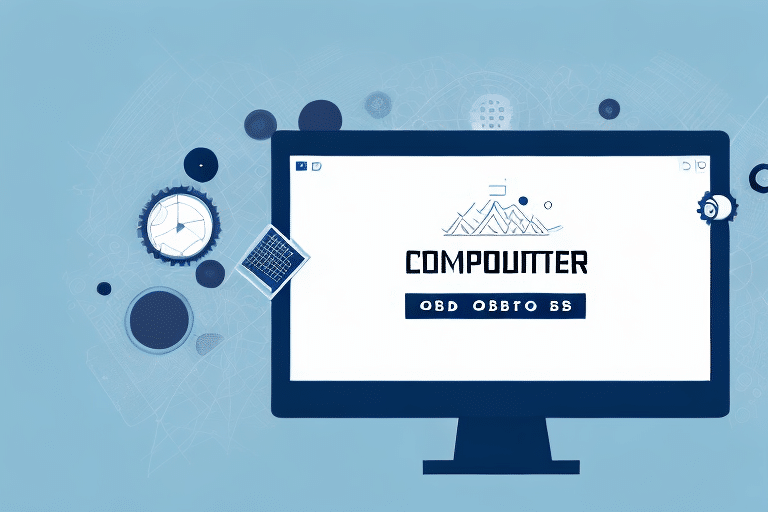Introduction to Mapping UPS WorldShip with ODBC SQL Datatypes
If you're working with UPS WorldShip and aim to integrate it with ODBC SQL Datatypes for efficient data management and transfer, mapping these systems is a crucial step. However, many businesses and IT professionals often struggle with this process due to the complexities of both systems, which can create a multitude of challenges. This article provides a comprehensive guide for mapping UPS WorldShip to ODBC SQL Datatypes to ensure efficient data transfer and management. We'll cover the importance of understanding both systems, common challenges you may encounter and how to troubleshoot them, best practices for mapping, and tools and techniques for successful integration.
Importance of Mapping UPS WorldShip to ODBC SQL Datatypes
UPS WorldShip is a popular shipping software that allows businesses to manage their shipping and logistics processes efficiently. However, when it comes to data management and transfer, it can be challenging due to its proprietary file format (.ups). On the other hand, ODBC SQL Datatypes are essential for building robust database solutions that can store, manage, and transfer data effectively. Therefore, mapping these two systems is necessary to ensure that data is transferred without errors, data loss, or other issues.
Mapping WorldShip to ODBC SQL Datatypes is a complex process requiring a deep understanding of both systems. It involves identifying the data types used in WorldShip and mapping them to the corresponding ODBC SQL Datatypes. This process ensures that the data is accurately transferred and stored in the database, making it easily accessible for reporting and analysis.
Moreover, mapping WorldShip to ODBC SQL Datatypes is not a one-time process. As businesses grow and evolve, their shipping and logistics needs change, and so do their data management requirements. Therefore, it is essential to regularly review and update the mapping to ensure that it remains relevant and effective.
Understanding UPS WorldShip and ODBC SQL Datatypes
Before you start mapping UPS WorldShip to ODBC SQL Datatypes, it's essential to understand the basic concepts of both systems. UPS WorldShip is a shipping software that allows businesses to manage their shipping process efficiently by automating tasks like printing labels, generating invoices, and tracking shipments. On the other hand, ODBC (Open Database Connectivity) is an API that enables different software applications to connect and communicate with various database management systems. SQL Datatypes are data types used in SQL databases to define the type of data that will be stored in a particular column or table. By having a clear understanding of these systems, mapping and integrating them effectively becomes easier.
One of the benefits of using UPS WorldShip is its ability to integrate with various e-commerce platforms, such as Shopify, Amazon, and eBay. This integration allows businesses to streamline their shipping process by automatically importing orders from these platforms into WorldShip. Additionally, WorldShip can also be integrated with accounting software like QuickBooks, making it easier to manage financial transactions related to shipping.
When it comes to ODBC SQL Datatypes, it's important to note that there are different types of data that can be stored in SQL databases, such as text, numbers, and dates. Each data type has its own set of rules and limitations, and choosing the appropriate data type for each column or table is crucial to ensure data accuracy and consistency. Understanding these data types can also help optimize database performance and improve query efficiency.
Common Challenges in Mapping UPS WorldShip to ODBC SQL Datatypes
Mapping UPS WorldShip to ODBC SQL Datatypes can present several challenges. One significant challenge is dealing with UPS's proprietary file format, which can't be read by external systems, including most databases. Another challenge is addressing data inconsistencies, errors, and other issues that may arise during the mapping process. Additionally, this process requires expertise in both UPS WorldShip and ODBC SQL Datatypes to achieve optimal results.
Another challenge in mapping WorldShip to ODBC SQL Datatypes is the need for constant updates and maintenance. As UPS updates their WorldShip software, the mapping process may need to be adjusted to accommodate these changes. Additionally, as new ODBC SQL Datatypes are introduced, the mapping process may need to be updated to ensure compatibility.
Furthermore, mapping data from multiple sources can complicate the process. For example, if a company uses multiple shipping carriers, each with their own proprietary file format, the mapping process becomes more complex. In such cases, creating a custom mapping solution that can handle data from multiple sources and map it to the appropriate ODBC SQL Datatypes may be necessary.
Step-by-Step Guide to Mapping UPS WorldShip to ODBC SQL Datatypes
To successfully map UPS WorldShip to ODBC SQL Datatypes, follow this step-by-step guide:
- Ensure you have a valid UPS account, WorldShip software, and the appropriate ODBC SQL Datatypes driver installed.
- Open the WorldShip application and navigate to the 'UPS Online WorldShip Support Utility'. Log in using your UPS account information.
- Within the 'UPS Online WorldShip Support Utility', select 'Export SQL Script' and specify your desired location to save the file.
- Open the exported file in a text editor and make necessary field changes as per the requirements of your application or database.
- Prepare the import script by converting the .ups file to CSV using the WorldShip Import Template. Then, convert the CSV file into .sql format using a suitable converter.
- Execute the prepared import script in your database using the ODBC SQL Datatypes driver. This will update the WorldShip shipments directly to your SQL database.
It's important to note that the mapping process may vary depending on the version of WorldShip and the ODBC SQL Datatypes driver you're using. Therefore, it's recommended to refer to the documentation provided by UPS and the driver manufacturer for specific instructions.
Additionally, always test the mapping process on a small set of data before executing it on a large scale. This helps identify any potential issues or errors that may arise during the process and allows for necessary adjustments to be made.
Best Practices and Tips for Successful Integration
To ensure a successful integration of UPS WorldShip with ODBC SQL Datatypes, consider the following best practices and tips:
- Thoroughly understand both systems: Before starting the mapping process, ensure you have a comprehensive understanding of both UPS WorldShip and ODBC SQL Datatypes.
- Define all data fields: Clearly define all data fields, including their specifications, length, and data types to ensure accuracy.
- Enhance data security: Protect your data by restricting unauthorized access through firewalls, user authentication, and other security measures.
- Automate data transfer: Utilize APIs, webhooks, or other command-line tools to automate the data transfer process, ensuring faster, more efficient, and secure data transfer.
- Regularly test and update: Regularly test the mapping process and update it as necessary to accommodate any changes in the software or data requirements.
Moreover, implementing a robust backup plan is crucial in case of unforeseen issues or system failures during the integration process. This could include having a secondary system in place or a contingency plan for manual data entry.
Effective communication and collaboration between all parties involved—IT teams, vendors, and stakeholders—are also vital. Regular meetings and updates can ensure everyone is aligned and any issues or concerns are promptly addressed.
Common Issues and Troubleshooting
The mapping process can present several challenges, including data inconsistencies and errors. Here’s how to troubleshoot common issues:
- Data Inconsistencies: Ensure that data fields in both WorldShip and the SQL database match in terms of data types and formats. Regularly audit data and perform consistency checks.
- File Format Issues: Since UPS WorldShip uses a proprietary file format, ensure you have the correct tools and converters to translate .ups files to a compatible format like CSV or SQL.
- Software Updates: Keep both WorldShip and your SQL drivers updated. Updates may change data structures or mappings, requiring adjustments to your mapping scripts.
- Performance Bottlenecks: Optimize your database queries and ensure your SQL server is adequately resourced to handle the data load.
Maintaining a list of frequently encountered issues and their respective solutions can also aid in quicker debugging and troubleshooting during the mapping process.
Tools and Techniques for Effective Mapping
Successful mapping of UPS WorldShip to ODBC SQL Datatypes requires the right tools and techniques. Consider utilizing:
- SQL Server Integration Services (SSIS): A powerful tool for data integration and workflow applications. SSIS can help automate the data extraction, transformation, and loading (ETL) processes required for mapping.
- Scripting Languages: Languages like Python, Perl, or Ruby can be used to write scripts that handle data conversion and mapping processes.
- Specialized Mapping Software: There are software programs designed specifically for data mapping and integration, offering user-friendly interfaces and advanced features to streamline the process.
- APIs and Webhooks: Utilize APIs and webhooks to create real-time data synchronization between UPS WorldShip and your SQL database, ensuring data is always up-to-date.
Choosing the right combination of tools and techniques will depend on your specific use case, the volume of data, and your technical expertise.
Real-Life Examples of Successful Integration
Many businesses have successfully mapped their UPS WorldShip to ODBC SQL Datatypes, leading to improved data transfer and logistics processes. For example, a logistics company integrated its WorldShip software with a SQL database using APIs, which eliminated manual errors and accelerated logistics processes. Another business utilized Python scripts to automate the mapping process, significantly reducing the time and errors associated with manual mapping.
These real-life examples demonstrate the potential benefits of effective mapping, including increased efficiency, reduced errors, and enhanced data management.
Benefits of Efficient Data Management through Accurate Mapping
Accurate mapping of UPS WorldShip to ODBC SQL Datatypes offers several benefits:
- Efficient Data Transfer: Automated and accurate data transfer reduces the time and effort required for manual data entry and minimizes errors.
- Robust Database Management: Proper data mapping ensures that data is stored correctly in the database, facilitating easy retrieval and analysis.
- Improved Logistics and Shipping Processes: Streamlined data management translates to faster shipping processes, better tracking, and improved customer satisfaction.
- Enhanced Reporting and Analysis: Accurate data mapping enables more reliable reporting and data analysis, supporting better business decisions.
By ensuring accurate mapping, businesses can streamline their data management and transfer systems, eliminate data inconsistencies and errors, and accelerate their logistics and shipping processes.
Conclusion
Mapping UPS WorldShip to ODBC SQL Datatypes is essential for efficient data transfer and management. By following the step-by-step guide provided in this article and implementing best practices, businesses can improve their logistics and shipping processes, reduce data inconsistencies and errors, and accelerate their data transfer processes. Additionally, investing in robust data security measures ensures that data remains secure during the transfer process. Proper integration of these systems not only enhances operational efficiency but also contributes to overall business growth and customer satisfaction.




















